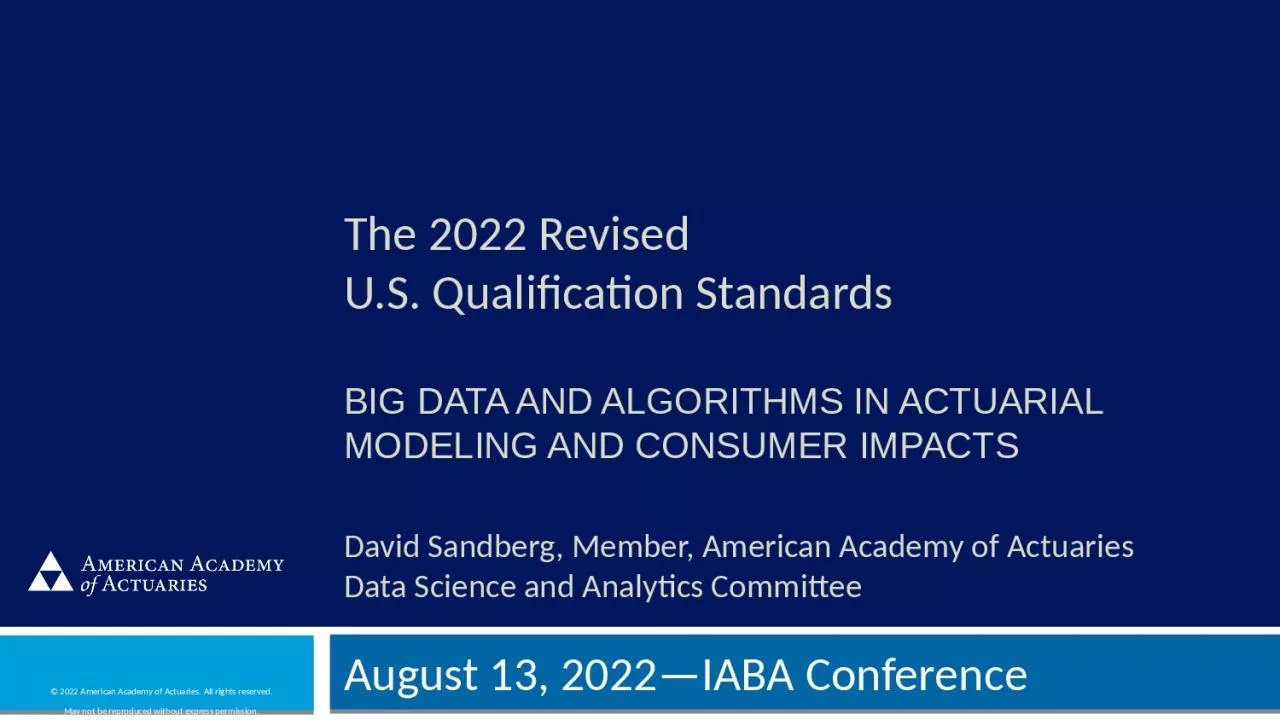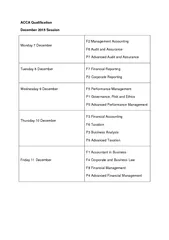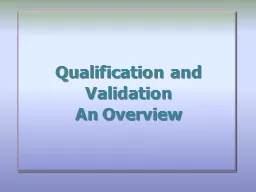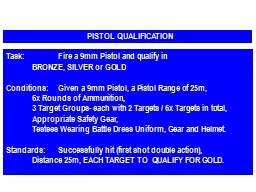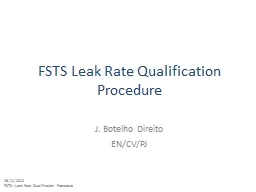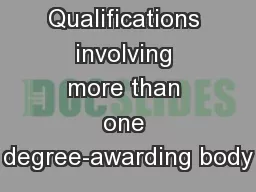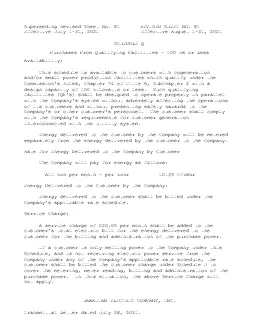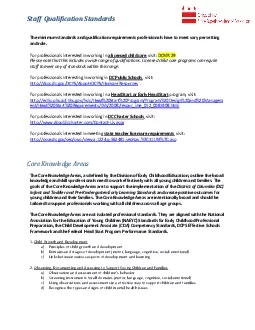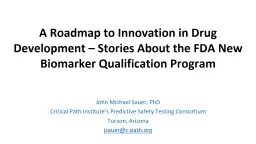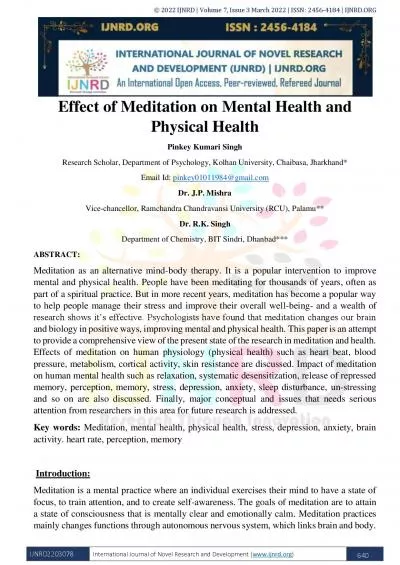PPT-The 2022 Revised U.S. Qualification Standards
Author : berey | Published Date : 2024-01-03
BIG DATA AND ALGORITHMS IN ACTUARIAL MODELING AND CONSUMER IMPACTS David Sandberg Member American Academy of Actuaries Data Science and Analytics Committee August
Presentation Embed Code
Download Presentation
Download Presentation The PPT/PDF document "The 2022 Revised U.S. Qualification Sta..." is the property of its rightful owner. Permission is granted to download and print the materials on this website for personal, non-commercial use only, and to display it on your personal computer provided you do not modify the materials and that you retain all copyright notices contained in the materials. By downloading content from our website, you accept the terms of this agreement.
The 2022 Revised U.S. Qualification Standards: Transcript
Download Rules Of Document
"The 2022 Revised U.S. Qualification Standards"The content belongs to its owner. You may download and print it for personal use, without modification, and keep all copyright notices. By downloading, you agree to these terms.
Related Documents

